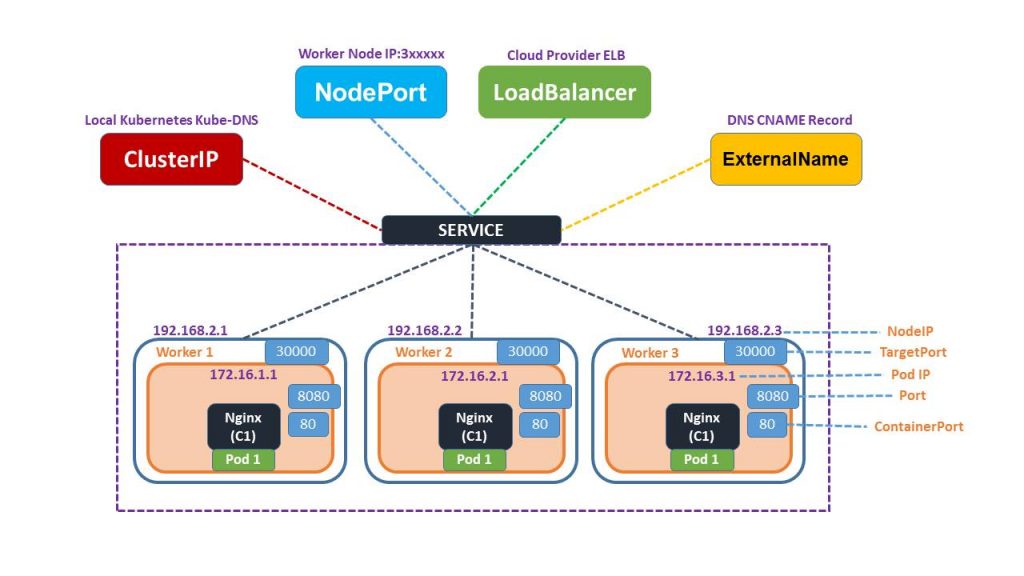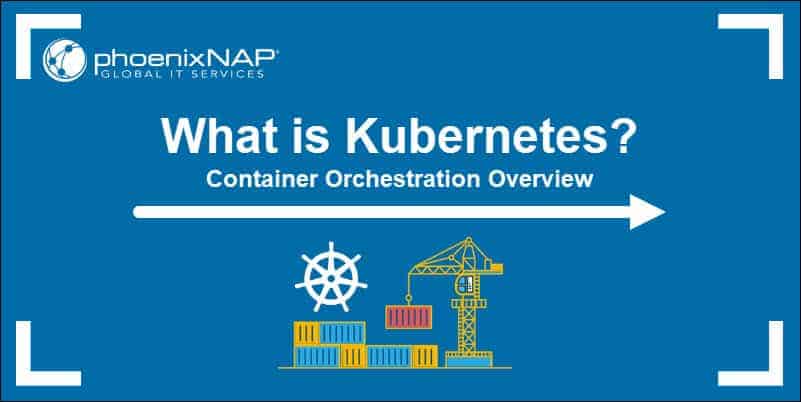

Third-party companies might also contribute to the platform, further increasing complexity. In larger companies, too, teams may be widely dispersed, often working on projects that other teams aren't aware of, making it hard to keep up with frequent changes.

In this case, the company could create sub-teams, with a separate namespace for each. But for a rapidly growing company, with far more services, a single namespace could make it hard to coordinate the team's work. A small team working with a few microservices can easily deploy all services into the default namespace. Configuring multiple namespaces creates a sophisticated façade, freeing your teams from working with a single namespace and improving manageability, security, and performance.ĭifferent companies will adopt different namespace strategies, depending on factors such as team size, structure, and the complexity of their projects. Luckily, you can think of a namespace as a virtual cluster, and Kubernetes supports multiple virtual clusters.

Eventually, though, your project is likely to grow to a point where a single namespace will become a limitation. How namespaces workīy default, Kubernetes provides just one workable namespace on top of a physical cluster in which you create all Kubernetes objects. In this post, we’ll examine three key tools you can use to help keep your Kubernetes cluster organized: namespaces, labels, and annotations.


 0 kommentar(er)
0 kommentar(er)
